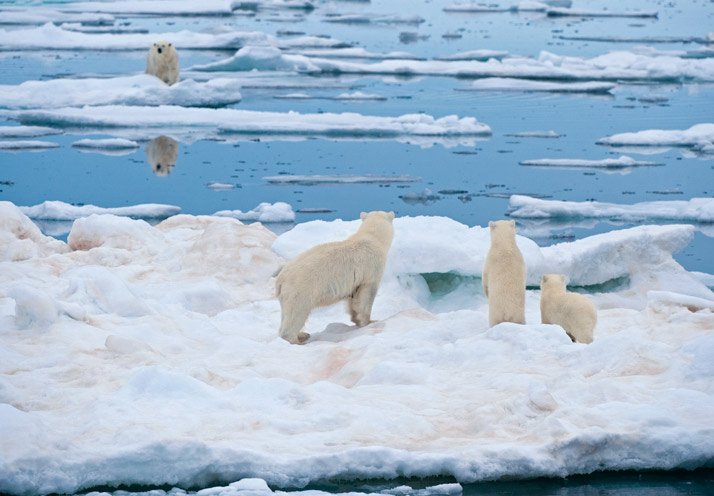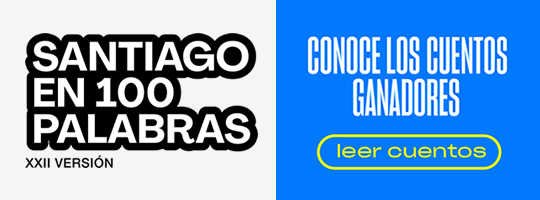El acto de amamantar es una bella expresión de la maternidad y genera ternura de por si, pero definitivamente la imagen de una osa polar en esta tarea, supera todos los límites.
Florian Schulz, fotógrafo para Nat Geo, se dedica profesionalmente al oficio de captar imágenes de animales y tiene un amplio registro de ello. Sin embargo, hubo un momento preciso en que apretó el gatillo de su cámara e inmortalizó una escena que rápidamente se ha viralizado, dado la emoción que genera el solo hecho de mirarla.
Se trata nada menos, que de una osa polar amamantando a sus 2 bebés.
Te compartimos esta y a otras imágenes captadas por fotógrafos para Nat Geo:
Photograph by @florianschulzvisuals // Never in my wildest dreams did I expect to witness polar bear life at such close range when I set out to shoot the images that were published in my @natgeo story on polar bears. I looked at some of my notes I took when we followed this mother bear: “Over the course of the week, our polar bear mother (as we came to think of her) sometimes walked within twenty feet of the boat and simply lay down on the ice floe and fell asleep. But she did not stop there. After resting for a while, she sat up, took a look around, and invited the cubs to nurse. She fell into a kind of trancelike state, letting her head slowly sink down in exhaustion as her cubs drank. I can still clearly hear the suckling sounds in my mind and even noticed a purring from the cubs. It was an unforgettable sight: mother and cubs, nestled together on the ice in the warm late-evening light, with drifting sea ice leading to the horizon where it meets the edge of the Austfonna ice cap in Svalbard.” In late August polar bears are hanging on to the last of the drifting sea ice. To successfully raise her cubs, this mother needs the sea ice platform to hunt for seals. I was in awe. This bear completely trusted us. After taking the first pictures of this scene, I remember how I quickly rushed to the bow of the boat. I was not happy with the earlier framing of the image. I needed to photograph her straight from the front, to get the right symmetry in the composition to express this zen-like moment of this mother and her cubs at peace. Please follow me @florianschulzvisuals to see more images from the wild corners of this planet and hear about my experiences behind the lens. #polarbears #cubs #nursing #mothers #motherhood #arctic #climatechange #wildlifephotography #zen #babies #tranquility #bears #newlife #breastfeeding
Una publicación compartida de National Geographic (@natgeo) el 25 Ago, 2018 a las 1:30 PDT
Te podría interesar: ¡Esta es la mascota preferida por los chilenos!




